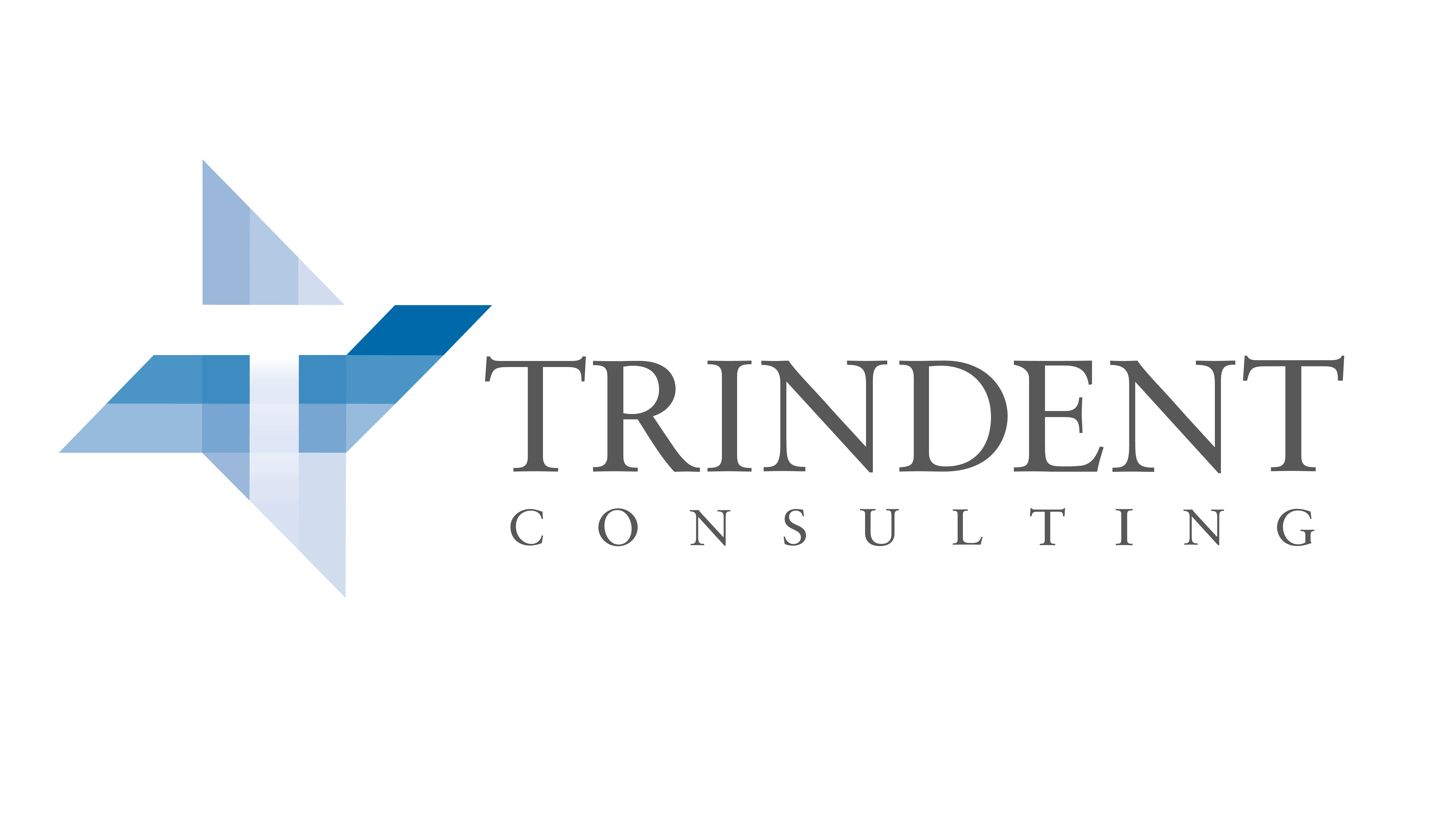Refinery Planning Best Practices
Refinery Planning
Short and long-term planning is one of the most critical activities that a refinery undertakes; it is a multi-million decision-making process that involves feedstock selection, product slate, and refinery scheduling, which impacts the longevity and profitability of a refinery. While this process defines how a refinery should operate to achieve specific optimization objectives, it often lacks the attention and cross-functional review that it requires – especially considering today’s refining margins. So, what does an industry’s best planning cycle look like and who are the key stakeholders that should be involved in this process?
Planning Cycle
First and foremost, there must be a structured and recurring planning calendar that is consistent each month. Unless there is a unit upset that either impact the refinery personnel’s health and safety or the environment, all meetings and business activities should be planned outside the planning discussions.
A best-in-class planning cycle begins with Inputs – ideally, it is provided to the Planner at month end or at least three days prior to the Inputs and Assumptions meeting. Inputs include items such as crude and product pricing, freight, demands, unit availability/capability, maintenance schedule, etc. Responsible parties must provide the necessary information to the Planner in a standardized format and retain ownership throughout the planning cycle.
During the Inputs and Assumptions meeting, which should be scheduled in the first week of the month, individual stakeholders must speak on behalf of their own area of expertise. For instance, Technical / Process Engineering must speak on behalf of unit constraints and Traders / Commercial must discuss prices. During this meeting, all inputs should be open for discussion and debated amongst key stakeholders. Once all inputs and assumptions have been agreed to, they should not be revisited, absent any material changes.
Depending on the complexity of the refinery, in addition to the number of periods being evaluated, two to three linear programming (LP) output review meetings should be held. At a minimum, a Preliminary Review meeting should be conducted mid-month to review the initial LP outputs. The purpose of this meeting is to identify any gross errors and optimization opportunities, and the Planner must summarize key findings.
A Final Plan Review meeting should be held late month for the last review of LP outputs. Changes at this point should be minimal if the preliminary processes are conducted appropriately; minor tweaks may be incorporated, but inputs should not be adjusted at this point unless significant new information has fundamentally changed the market or refinery operations.
It is imperative that this is a cross-functional exercise. In other words, Planning, Technical, Operations, Traders, and Commercial are present at a minimum to ensure the right information is used in LP and optimization opportunities are realistic. While it may not be feasible for all Unit Engineers or Business Leads to be present, a senior representative such as the Technical Manager should be in attendance.
Separately, LP backcasting and lookback processes should also be implemented to ensure sub-models are evaluated and execution to plan are assessed for continuous improvement.
This article was written by Kevin Kim, Associate Principal at Trindent Consulting
Interested in topics related to ‘Refinery Planning’? Click the buttons below to check out our related industry insights.
Refinery Maintenance: Planning for Success
As processors and storage become cheaper and more efficient, more and more companies want to analyze increasing amounts of data and use artificial intelligence to support Risk Based Decision Making; and refineries are no different.
Predictive Maintenance offers refineries an opportunity to determine the current condition of equipment to predict when a failure will occur. This gives refineries a potential to reduce Operating Expenses by performing preventative maintenance only when it is warranted and by reducing the costs associated with Reactive Maintenance. Predictive Maintenance programs are high CAPEX and, unfortunately, most refineries do not have adequate processes and quality data available to make this transition worthwhile. Trindent provides refineries with low to no CAPEX solutions that build the fundamentals required to make the first step towards Predictive Maintenance.
Foundations for Success
Before a refinery can implement a holistic Predictive Maintenance program, they first need to establish a pilot program. Creating the right foundation allows the refinery to plan for success and implement a program using data-driven decision making to determine where the initiative will have the most impact. Proper foundations also allow for improved refinery operations and a reduction in Operating Expenses in the interim.
- Proper Preventative Maintenance: Preventative maintenance reduces the likelihood of equipment failure by performing routine checks or interventions on the equipment. A proper maintenance program will occur frequently enough to detect failures but not be unnecessarily burdensome to maintenance personnel. As part of this, it’s important to understand correct Preventative Maintenance tasks, durations, and crafts people allow for refinery management to focus predictive maintenance efforts on the equipment that cost the most to maintain. Without proper Preventative Maintenance tasks in place, there will be inadequate follow-up action from predictive maintenance findings.
- Data Quality – During the work management process there are many opportunities to collect the right data; however, refineries often lack the processes and training to collect data that is sufficiently detailed. Improving maintenance programs for instruments and sensors allows the refinery to identify whether the quality of the data is adequate or if the right sensors are even in place. Better data quality allows for management to focus predictive maintenance efforts on specific failures that result in process interruptions. Furthermore, the use of Defect Elimination programs can give the refinery insights into the conditions that cause failure, allowing for a more effective predictive maintenance program.
- Culture – Without building a proactive culture, a predictive maintenance program is destined to be an expensive, but short-lived endeavor. Establishing the right training, tools, dashboards, and communication methodologies allows for results to be sustained. Once the refinery has shifted from a reactive to a proactive culture then the predictive maintenance program can be successful.
At Trindent, we focus on tangible results and showing improvement through data. This data-driven approach links our results to financial or other key performance indicators. In addition, we make sustainability a key part of each engagement, and train your employees to sustain results.
Refinery Maintenance: The Work Management Process
n any equipment intensive sector, there is almost never a quiet day – and a refinery is no exception. Even the best-planned days can be full of interruptions – failures and other unplanned events that disrupt the schedule and cause system slowdowns or outages.
But a well-curated and properly executed Work Management Process can smooth the impact of these disruptions and enable good Risk Based Decision Making so that refineries can reduce the costs associated with equipment failures, inefficient work execution, process interruptions, overtime, and rushed orders.
Typical Work Management Process
During the first part of the process – Work Need Identification – enhanced training can increase operator understanding of the processes and equipment, while empowering them to better identify failures before they occur. Properly designed and executed Preventative Maintenance for each piece of equipment can enable better identification of failing equipment and increase the equipment’s longevity.
Once a failure is identified, the Operator generates a work notification in the refinery’s Computerized Maintenance Management System (CMMS)or Enterprise Asset Management (EAM) software. Often, these systems are not optimally set-up to enable proper data collection, so it’s important that operators receive proper training in order to ensure that work notifications are of sufficient quality and detail with reduced operator variation.
After the notification is submitted to and approved by a supervisor, a Planner determines which craftspeople and tools are required to fix the failure and how long the work will take to complete. An inaccurate plan can lead to inefficient Work Order Execution as the proper craftspeople may not be involved, the proper tools may not be available, or the schedule may be inaccurate in terms of its duration. Improving the planning process using accurate data can prevent these deficiencies.
Work Order Scheduling is often a challenging area, as there is a limited amount of both human and financial resources, but a long list of work that needs to be completed. These scheduling meetings are typically the embodiment of “the squeaky wheel gets the grease”, with the loudest individuals in the room receiving the most resources. As a result, Preventative Maintenanceefforts tend to be neglected, and this myopic view creates a slippery slope of increased equipment failures in the long-term. Creating Standard Operating Procedures and Work Management Risk Matrices can support work prioritization and strike the balance between preventative and reactive work orders. The same logic can be used to prioritize and decrease the Maintenance Backlog. It’s important to note here that the proper criteria should be used in work prioritization to reach desired outcomes; frequently, refineries use incorrect criteria, which reduces the effectiveness of prioritization efforts.
Work Order Close-out is one of the most important steps in the process but is often neglected or improperly completed. A proper Work Order Close-out results in better data collection and more informed decision making. This information can be used in a continuous improvement process that allows Planners to fine-tune Work Order Planning. Additionally, failure code data can be used to identify root causes of failures and support Defect Elimination programs.

